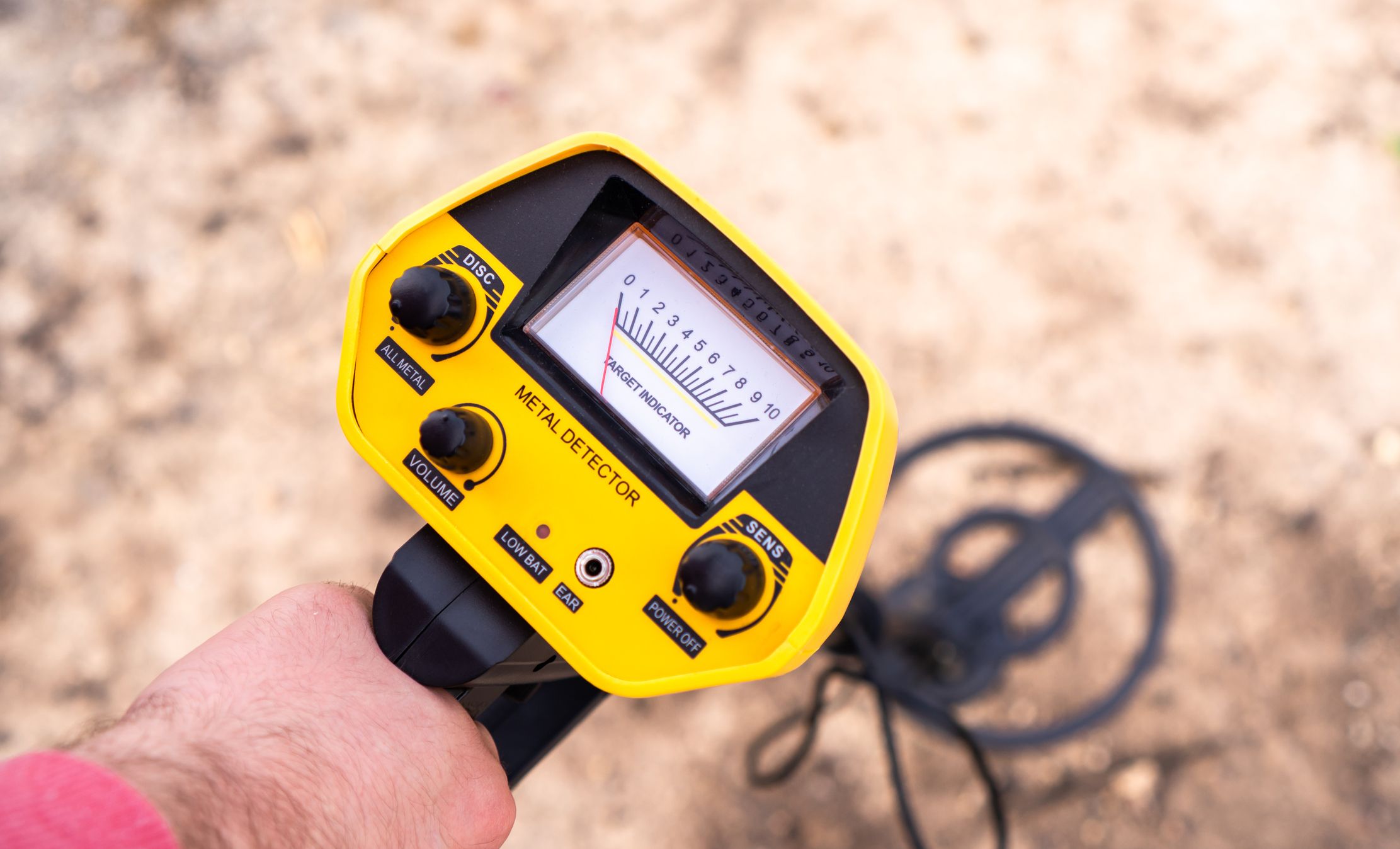In an age where security is paramount, walk-through metal detectors have become ubiquitous symbols of safety. From airports to government buildings, these devices play a crucial role in ensuring that potential threats are identified before they can cause harm. But have you ever stopped to wonder how these machines work? The science behind metal detection is a fascinating blend of physics, engineering, and technology.
The Basic Principle
At its core, a metal detector operates on the principles of electromagnetism. When electricity flows through a coil, it generates a magnetic field. This field extends outward from the coil, and when it encounters a metallic object, it induces a secondary electric current in that object. This secondary current, in turn, produces its own magnetic field, which the detector senses and alerts the operator to the presence of metal. These are of course used all over the world in walk through metal detectors
Different Types of Metal Detectors
There are primarily three types of metal detectors based on the technology they use:
- Very Low Frequency (VLF): This is the most common type of detector. It uses two coils: one is the transmitter coil that produces the magnetic field, and the other is the receiver coil that detects changes in the field due to the presence of metal.
- Pulse Induction (PI): Typically used in more professional settings, PI detectors send out short bursts of current through a single coil. The return signal (or lack thereof) from these pulses can indicate the presence of metal.
- Beat-Frequency Oscillation (BFO): The simplest and oldest type, BFO detectors use two coils and an oscillator to produce a constant tone that changes when metal interferes with the frequency.
Advancements in Metal Detection Technology
As technology has evolved, so too have metal detectors. Modern devices are far more sensitive and discriminating than their predecessors. Here’s how:
- Digital Signal Processing (DSP): Advanced detectors now use DSP to analyze the return signal. This allows for greater depth and sensitivity, as well as the ability to differentiate between different types of metals.
- Ground Balance Control: Different soils have varying mineral contents, which can interfere with detection. Modern detectors can adjust their settings to “ignore” these minerals, ensuring that only genuine metal objects are detected.
- Target Identification: Advanced detectors can not only tell you that there’s metal present but can also give you an idea of what type of metal it is. This is particularly useful in settings like beachcombing or relic hunting, where the goal is often to find specific types of objects.
Applications Beyond Security
While security is a major application, metal detectors have a wide range of uses:
- Archaeology: Archaeologists use metal detectors to locate artifacts without having to excavate large areas.
- Mining: In the mining industry, metal detectors can help locate valuable deposits of metal ores.
- Recreation: Many hobbyists enjoy metal detecting as a form of treasure hunting, looking for lost items or historical artifacts.
Safety and Concerns
While metal detectors play a crucial role in security, they also come with concerns. The primary one is the issue of privacy. Full-body scanners, for instance, can produce detailed images of a person’s body, leading to potential misuse. There’s also the concern of false positives, where innocent items can trigger alarms, leading to unnecessary delays and potential embarrassment for the individual.
However, as technology advances, these concerns are being addressed. Newer machines are designed to be more discreet, providing only the necessary information to security personnel without invading personal privacy.
Conclusion
The science behind metal detection is a testament to human ingenuity. Over the years, we’ve taken a simple principle of electromagnetism and refined it into a tool that keeps us safe, aids in exploration, and even provides a source of recreation. As technology continues to evolve, we can only expect metal detectors to become even more efficient, sensitive, and user-friendly.








